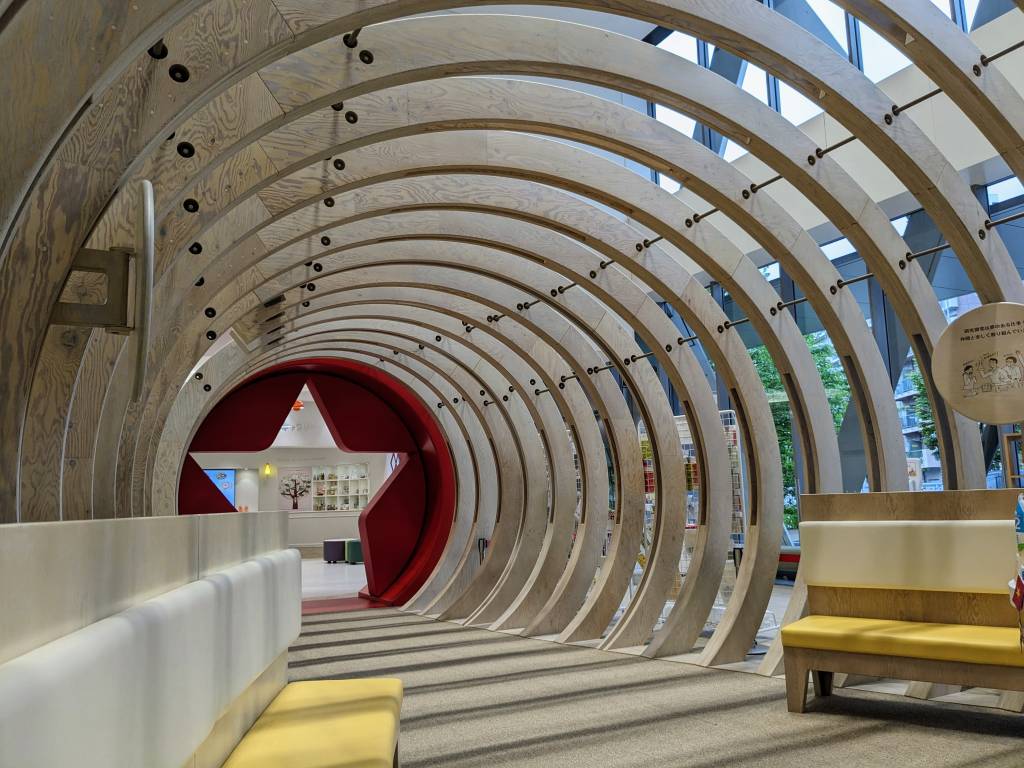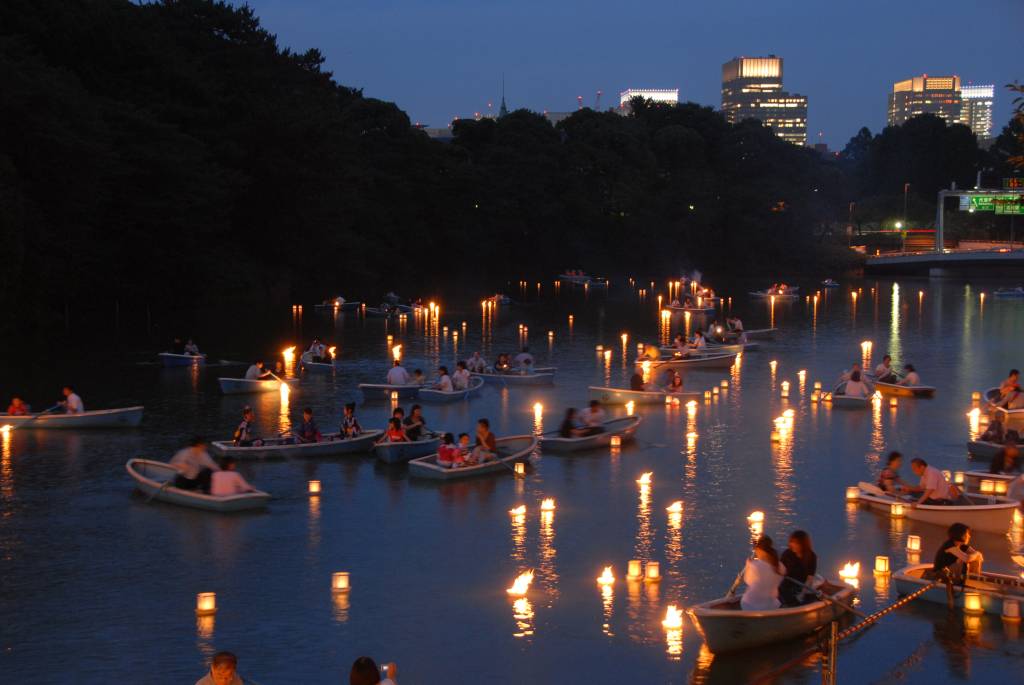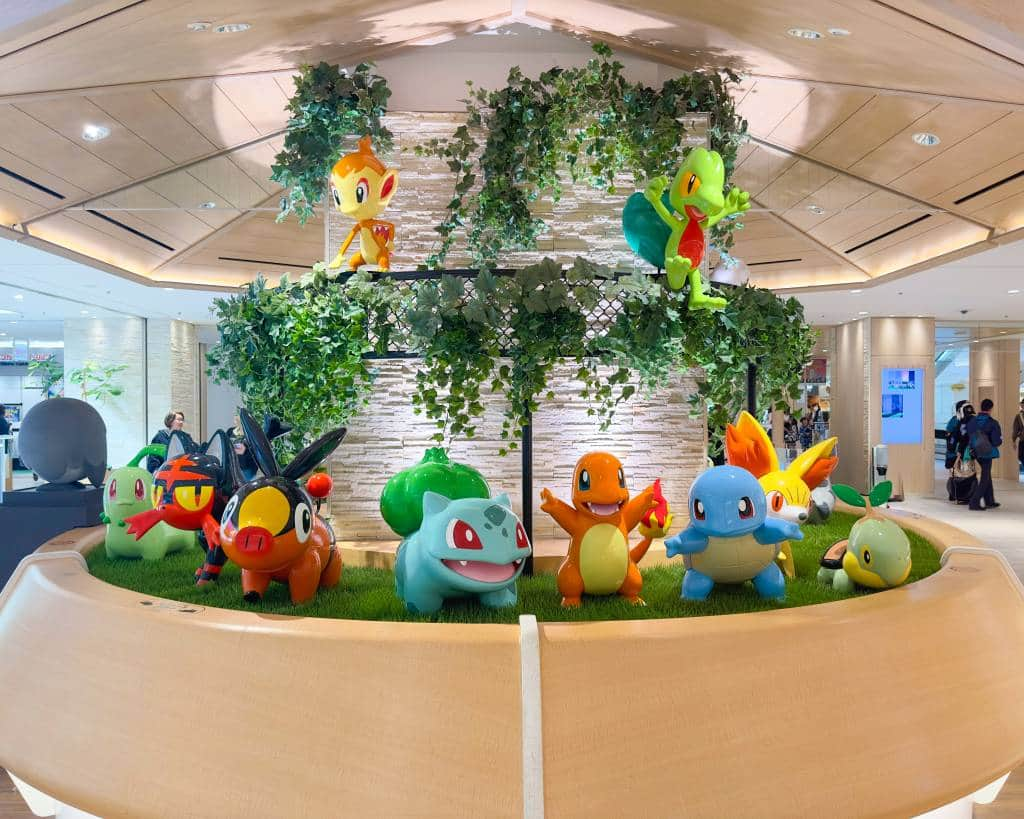With winter drawing to an icy close, we thought we’d spring (cough cough) a list of botanical and otherwise awesome gardens on you for those warmer weather walks and whatnot. Here is our pick of Tokyo’s best bits of nature. They aren’t free, but we reckon the few hundred yen in entry fees is worth it. Flower viewing and chill. Tokyo gardens here we go.

Koishikawa Botanical Gardens
The Koishikawa Botanical Gardens (not to be confused with Koishikawa Korakuen Gardens, also worth a visit) are big. They have ALL THE PLANTS. Seriously, there are more than 4000 species. It’s a great place to go for an educational ramble and a picnic—the plants are well marked and the place is quiet. There are plenty of paths, a big pond, an arboretum, a greenhouse and lots of lawn space. There are a bunch of big old cherry blossom trees, including some weeping ones.

The gardens belong to the University of Tokyo’s Graduate School of Science. They aren’t well-known among tourists, so tend to be less crowded, even in peak season. Entry costs 330 yen.
Shinjuku Gyoen

Slapbang in the centre of the city, Shinjuku Gyoen is a stunning, spacious garden that offers respite from the madness of surrounding Shinjuku and its crazy collection of shops and drinking spots. There are French, English and Japanese styles present in the garden, with lovely lawns and loads of cherry blossom trees. It can get crowded, but we have never had an issue finding a place to sit and picnic, even in hanami season. There is a tea house, where you can experience traditional Japanese green tea and sweets, a greenhouse and an art centre. The damage is 500 yen.
Jindai Botanical Gardens
Out on the west side of Tokyo, the Jindai Botanical Gardens are a great place to go for a mellow day out of the big city. Positioned next to Jindaiji Temple, the gardens are large with lots of different sections—they have everything from Japanese apricots to the obligatory cherry blossoms, and a decent collection of aquatic plants. There is a greenhouse too.
The gardens are well known for their roses—there are 5200 bushes and they bloom in spring and autumn. The collection of azaleas is also popular. You’ll need to take a bus from Tsutsujigaoka, Mitaka, Kichijoji or Chofu Station—it takes about 10 minutes. The entry fee is 500 yen.
Meiji Jingu Gyoen

A cool somewhat hidden feature of the famous Meiji Jingu Shrine, these gardens were designed by Emperor Meiji for his wife. They aren’t huge, but they make for a nice mosey away from the crowded shine itself. Look out for them on the left as you walk down the path to the shrine.
There is a lovely pond, a collection of 1500 iris plants, azaleas, ornamental maples, and all the other usual suspects. There aren’t lawns for picnicking, but there are benches, and there is also a tea house. Look out for Kiyomasa’s Well—it was dug 400 years ago, presumably for practical purposes, but has become something of a “power spot” in recent years. Entry to the gardens will set you back 500 yen.
Hama Rikyu

These traditional-style Japanese gardens are at the mouth of the Sumida River and can be accessed by Water Bus (Suijo Bus) from Asakusa or by foot from the Shiodome/Shimbashi area. Old meets new in Hama Rikyu, with historical landscapes contrasted against the skyscrapers of the business district. There are a number of nifty features, including a 300-year-old pine tree, the only tidal pond in all of Tokyo, a peony garden, and a tea house. Entrance is 300 yen.
Any other gardens you think should be on this list? Leave us a comment!































